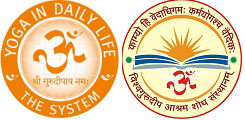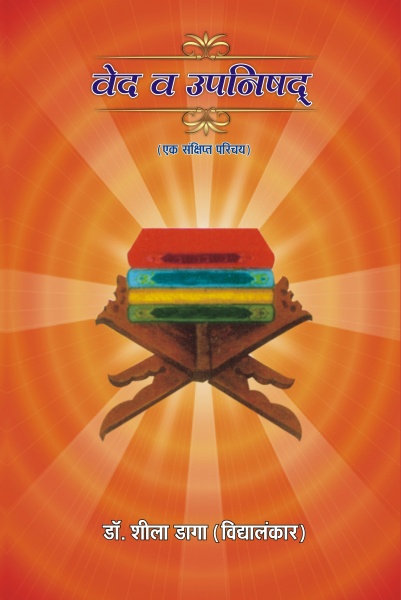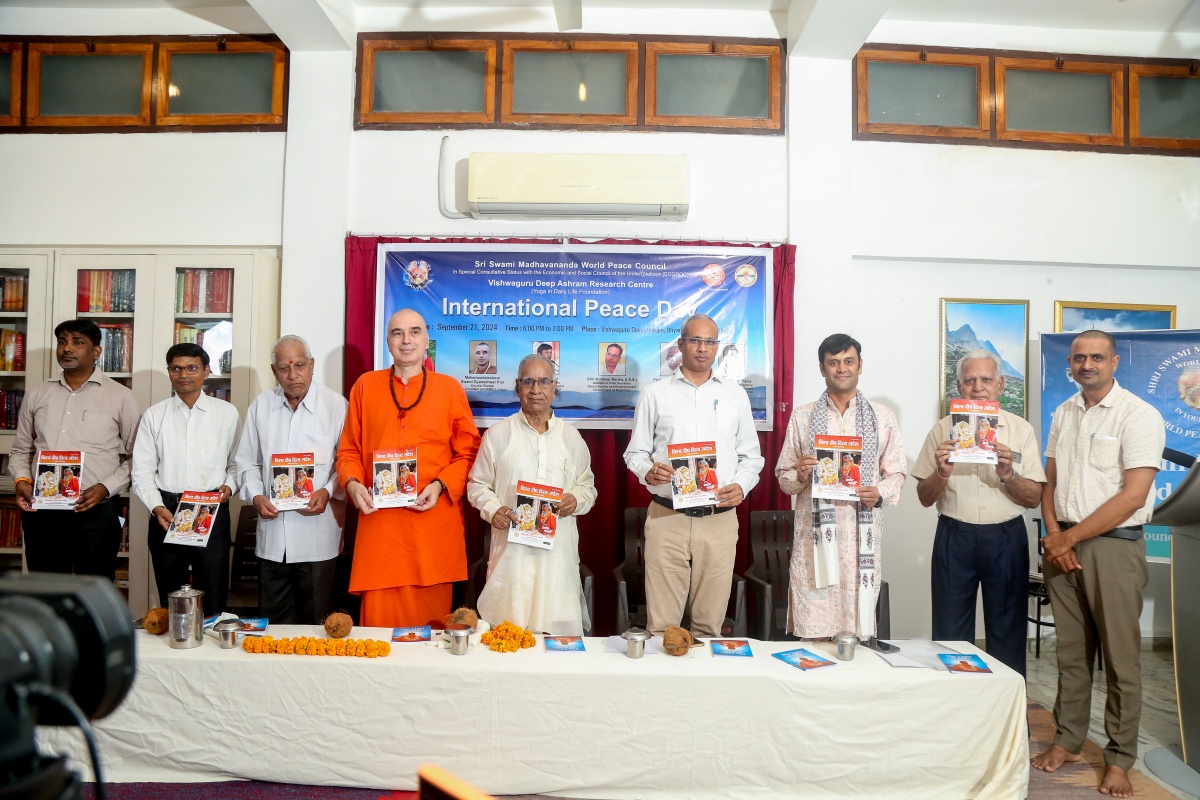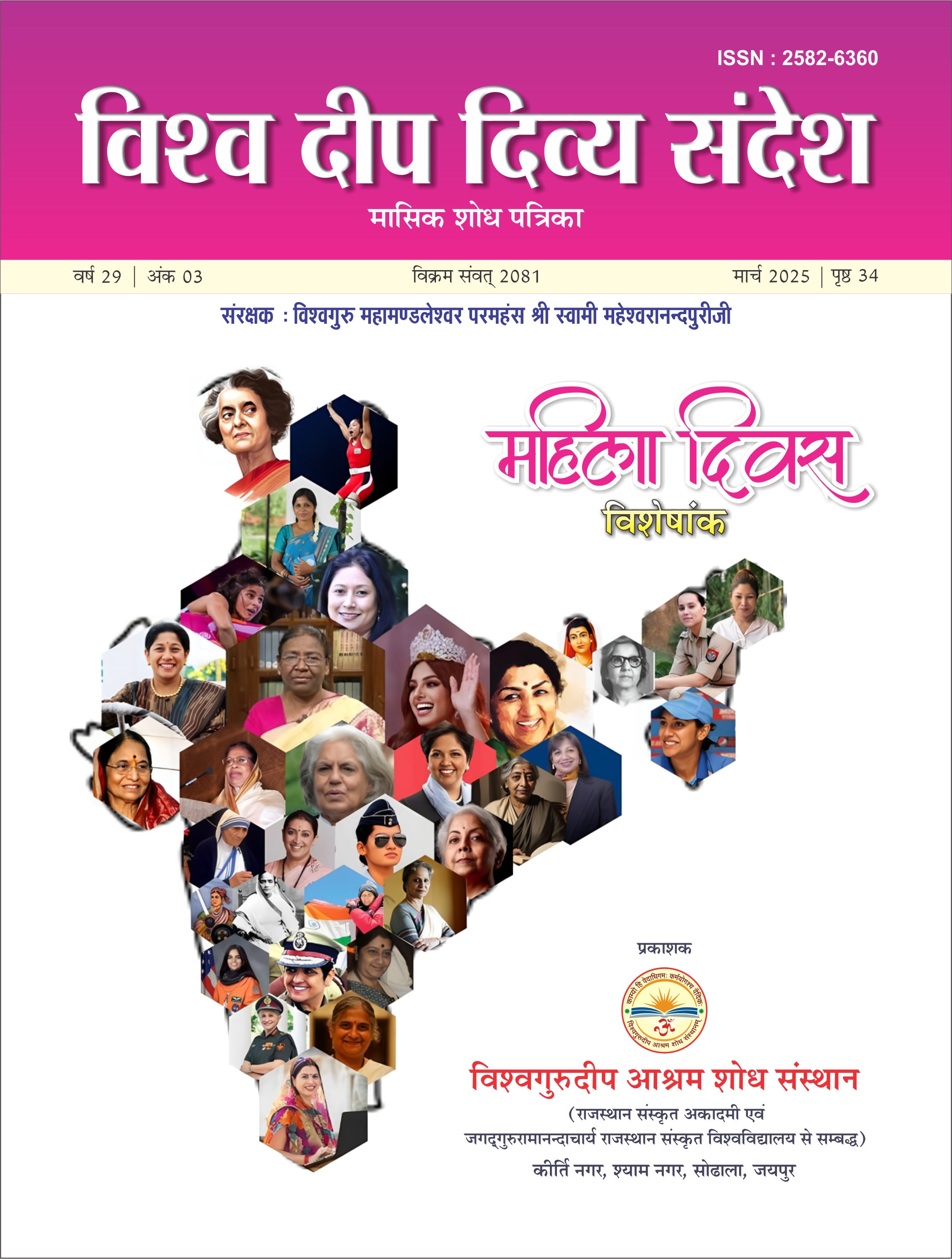- Home
- Activities
Vedas and Upanishads - Dr. Sheela Daga
A Brief Introduction
Writer - Dr. Sheela Daga, Vidyalakar
(Retired Pracharya Kanya Gurukul Postgraduate College, Dehradun)
This book is given free of cost!
For donations kindly use UPI - vishwaguru@kotak
International Day of Peace 2024
Celebrating the International Day of Peace
On September 21, 2024, the Sri Swami Madhavanand World Peace Council, in collaboration with the Vishwaguru Deep Ashram Research Centre—a part of the Yoga in Daily Life Foundation—hosted a special program to commemorate the International Day of Peace at Vishwaguru Deep Ashram in Jaipur. This event was organized with the intention of promoting peace, unity, and global cooperation, core values that align with the vision of the International Day of Peace, as declared by the United Nations.
Pandit Madhu Sudan Ojha Birth Anniversary Celebration
On the auspicious occasion of Krishna Janamashtmi on 26.8.2024 we had annual celebration of birth of Pandit Madhu Sudan Ojha.
Ishavasya Upanishad - Prof Kailash Chaturvedi
Vedavijñāna Vārtā (23) Śuklayajurvedīya Īśāvāsyopaniṣad
Prof Kailash Chaturvedi
Vedas and Upanishads - Dr. Sheela Daga
A Brief Introduction
Writer - Dr. Sheela Daga, Vidyalakar
(Retired Pracharya Kanya Gurukul Postgraduate College, Dehradun)
This book is given free of cost!
For donations kindly use UPI - vishwaguru@kotak
International Day of Peace 2024
Celebrating the International Day of Peace
On September 21, 2024, the Sri Swami Madhavanand World Peace Council, in collaboration with the Vishwaguru Deep Ashram Research Centre—a part of the Yoga in Daily Life Foundation—hosted a special program to commemorate the International Day of Peace at Vishwaguru Deep Ashram in Jaipur. This event was organized with the intention of promoting peace, unity, and global cooperation, core values that align with the vision of the International Day of Peace, as declared by the United Nations.
Pandit Madhu Sudan Ojha Birth Anniversary Celebration
On the auspicious occasion of Krishna Janamashtmi on 26.8.2024 we had annual celebration of birth of Pandit Madhu Sudan Ojha.
Ishavasya Upanishad - Prof Kailash Chaturvedi
Vedavijñāna Vārtā (23) Śuklayajurvedīya Īśāvāsyopaniṣad
Prof Kailash Chaturvedi









